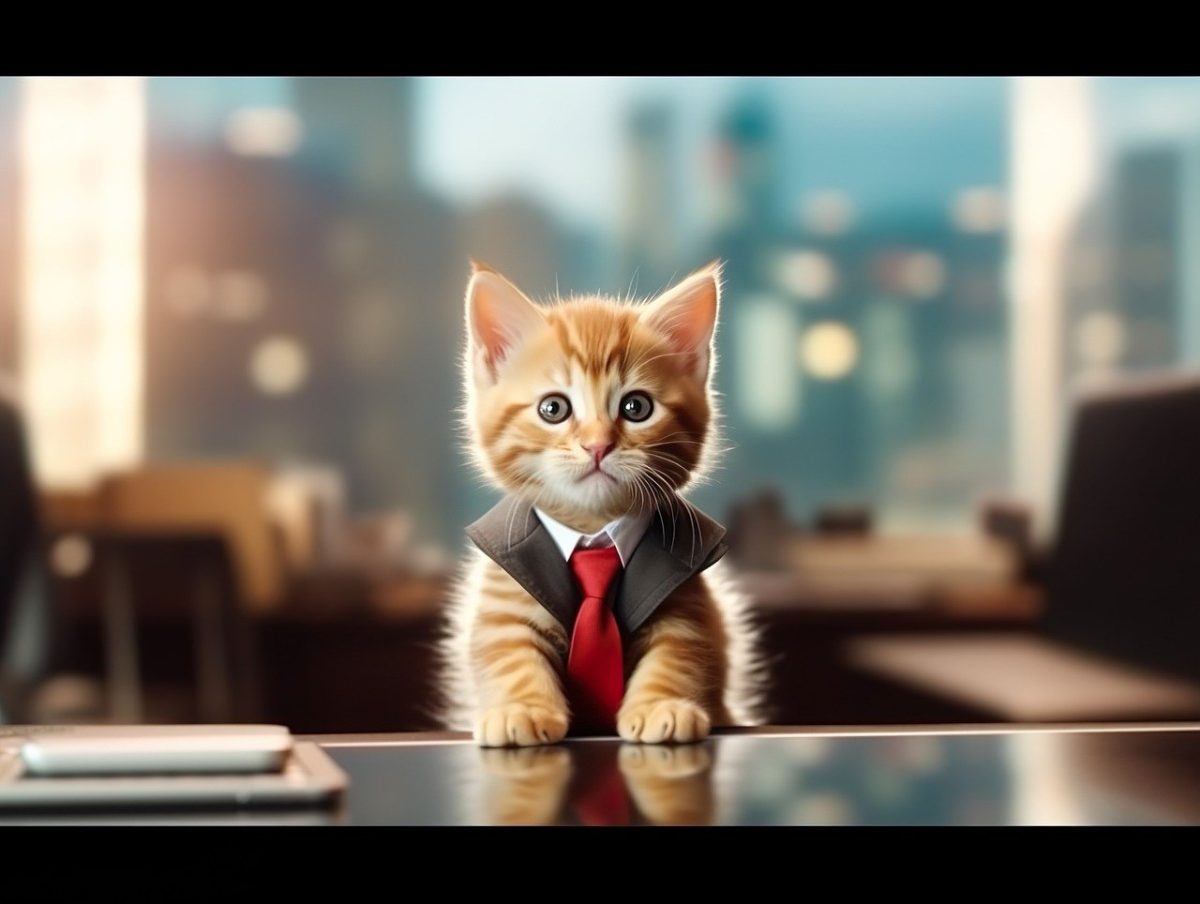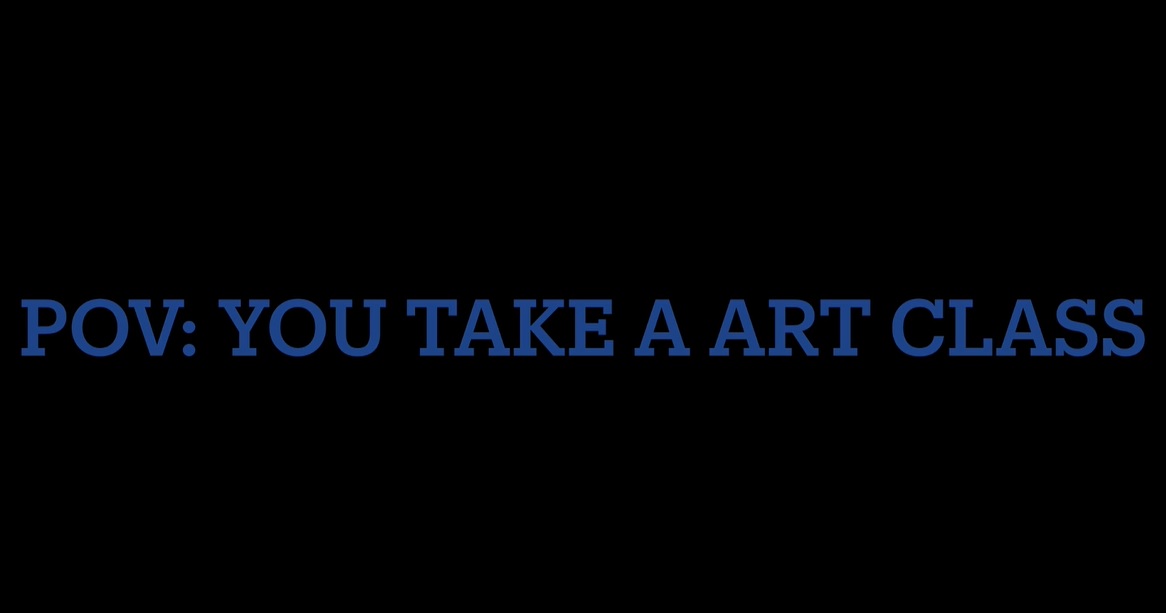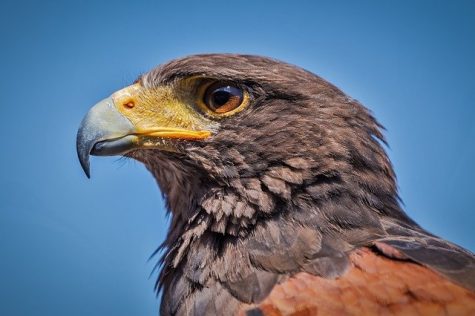Many people have been introduced to the element cobalt in their chemistry class. It is typically used to make parts for gas turbine engines and in rechargeable battery electrodes. It is found in every single rechargeable lithium-ion battery that is used in our phones, our laptops, our tablets, and so much more of the things you plug a charger into everyday. As you can imagine, cobalt is an extremely valuable element, without it no one would be able to book their flight on their laptop, email the boarding pass to whomever they’re flying with on their phone, drive their electric cars to the airport, and fly to their destination on the plane. Where does this cobalt come from?
Over 60% of cobalt comes from an area called the “copper belt” in Central Africa, bordering the Democratic Republic of the Congo and Zambia. Of that 60%, 20% of the cobalt is mined by locals called creuseurs. Children as young as 3 are taught to mine cobalt, and younger individuals are exposed to the harsh dust that the minerals produce in the air which could be lethal especially to young children and infants. These cobalt mines are producing runoff and causing the air around it to turn brown from pollution. 170,000 men, women, and children work in these mines for hours on end digging for mere cents a day. These conditions would make one question why the creuseurs would choose to work there.
If they’re not being forced to work then why do it?
There is no age limit, tough qualifications, or above basic skills one needs to become one. The coins they make for their physical labor puts food on the table, and many people have families to feed. The companies that own these mines are mainly Chinese operated companies. Being worth trillions of dollars, it wouldn’t hurt these companies in the slightest to pay their workers livable wage and develop safer working conditions. Yet instead, they are choosing to continue this oppression in Congo. Mining is a very dangerous and unpredictable job, and when entering these mines many people never make it back. Do their lives not matter?
Someone needs to be held accountable for these atrocities being committed towards human beings like me and you. Spread awareness and stand up for what’s right. Visit donate.unhcr.org to support our fellow people.




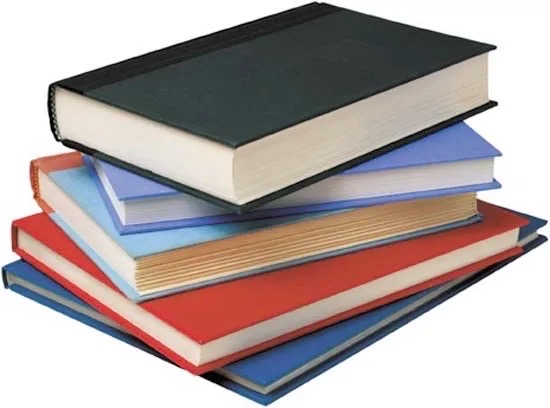
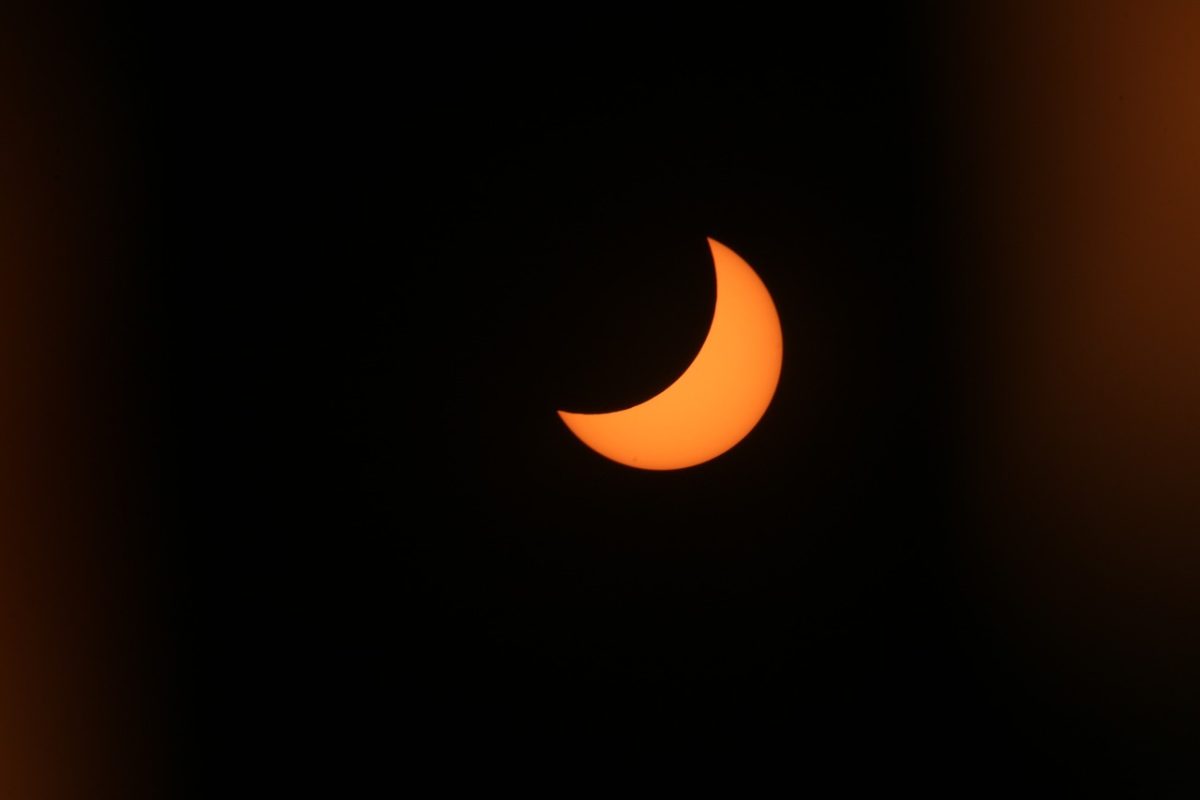
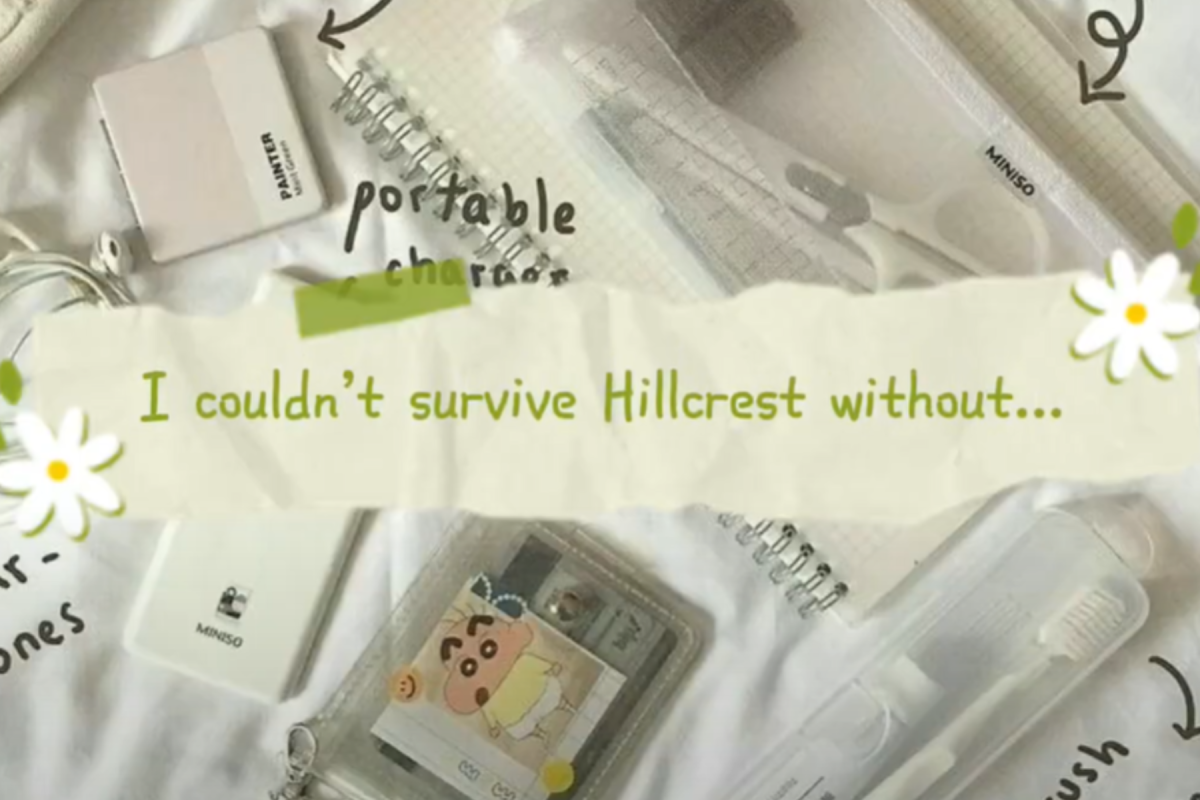
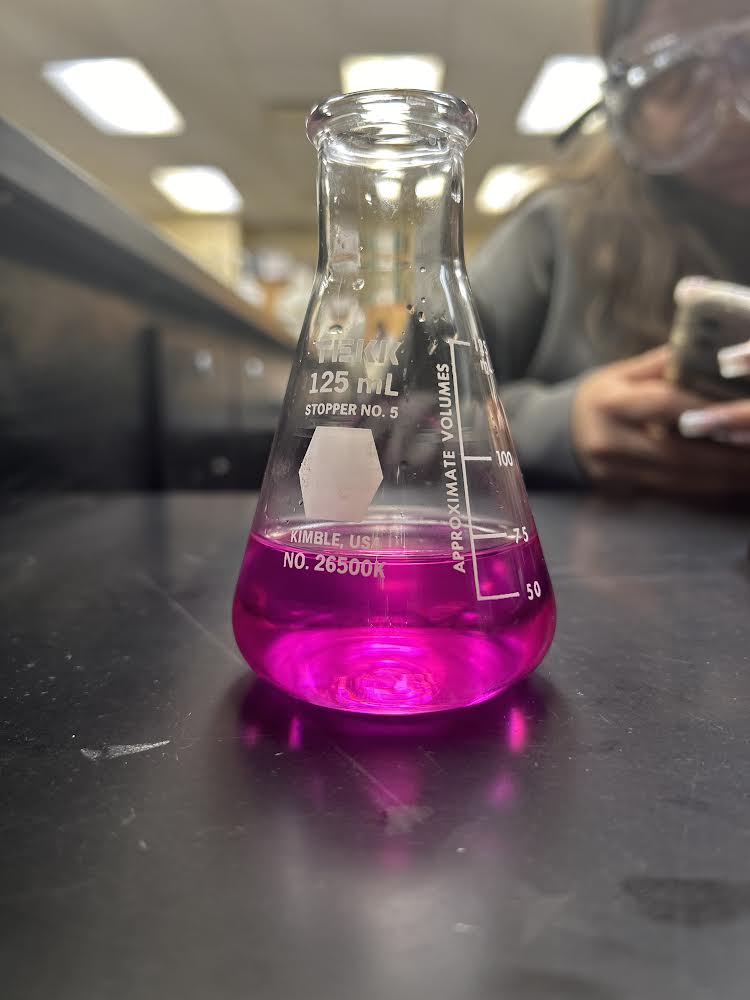
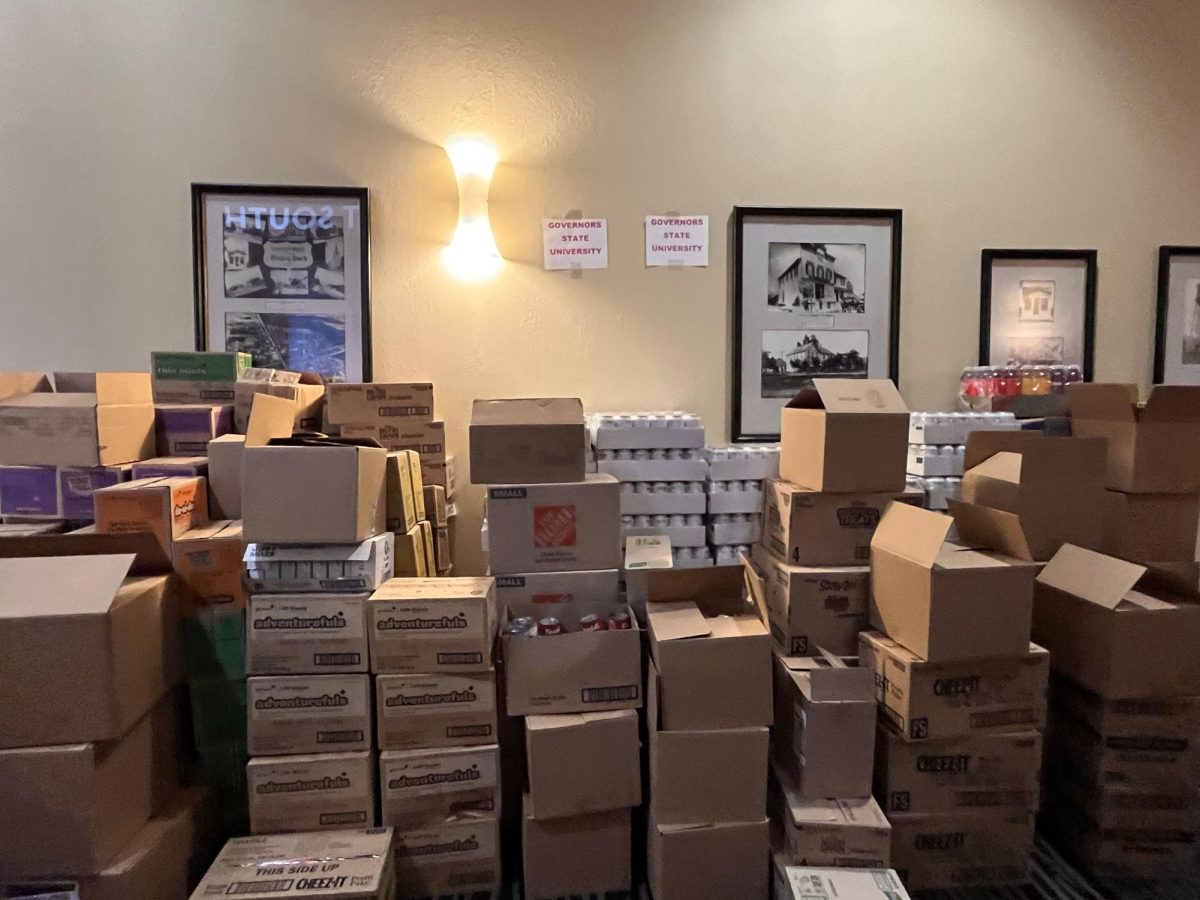

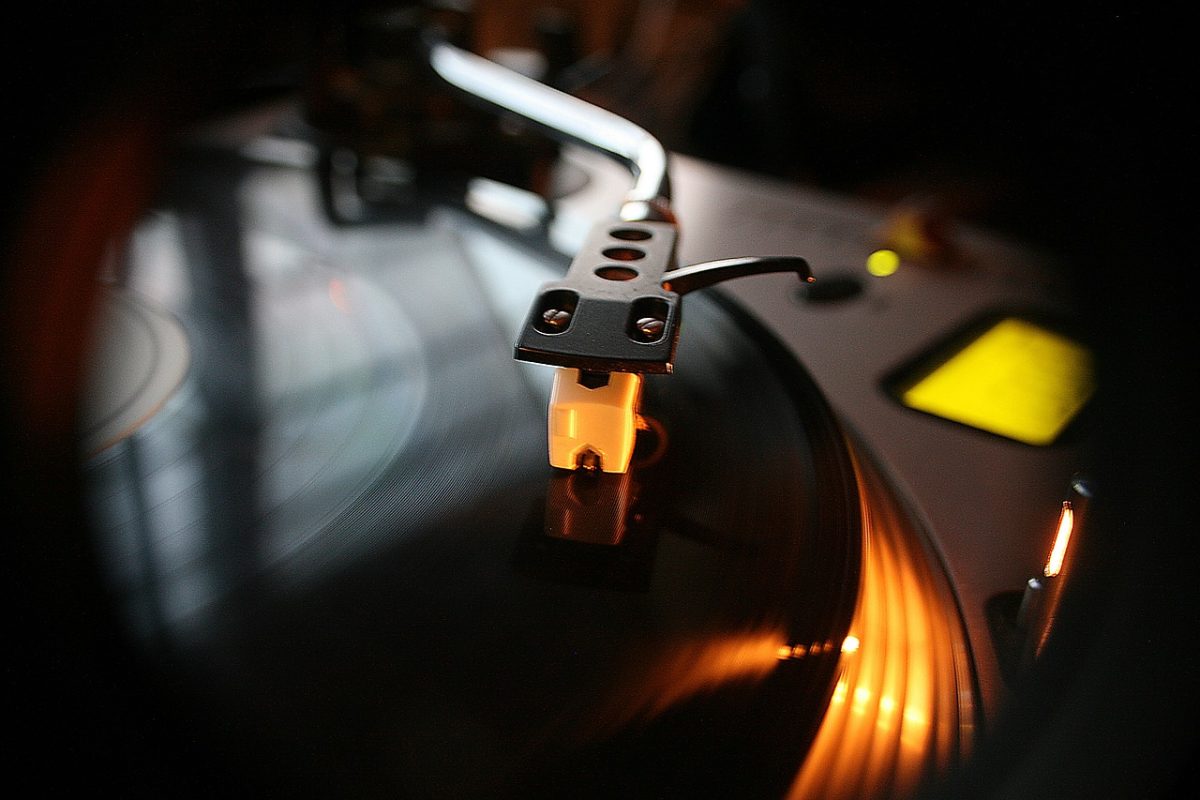
![Princess Peach Showtime! [My Take]](https://hillcresthawkeye.com/wp-content/uploads/2024/05/princess-peach-showtime-1200x675.webp)



